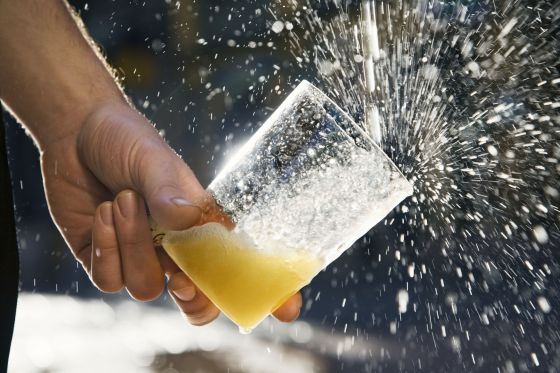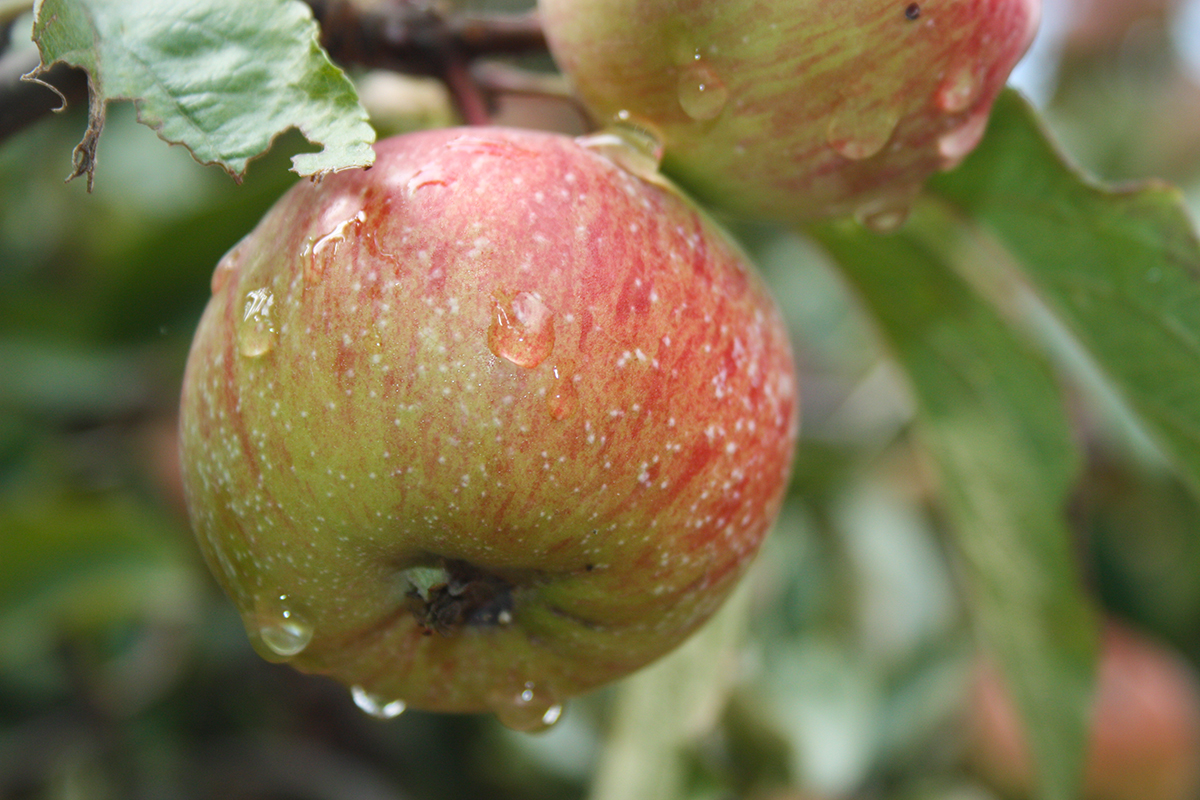Cider
Cider
Cider wants to obtain World Heritage status
The typical drink of Asturias is cider and probably has been since the time of the Romans. It is obtained by pressing three varieties of apples and has been bottled since the middle of the 19th century. An application has been made for Asturias' long and extended cider tradition to obtain Intangible World Heritage status. Asturian natural cider always has to be poured in a special way, known as “escanciado” (poured from a height). This is not a gimmick for tourists. This process requires pouring the cider with your arm extended above your head. The glass is held in your other hand at an angle so that the cider falls on the edge of the glass. The glass is large, wide and very thin. Each glass of cider is called a “culín” or “culete”. It should be drunk as it is served, without letting it stand, in one go. A small amount of cider is left in the glass and poured on the ground over the part of the glass from where you drank. Cider is sold by the bottle.
Although cider is drunk in many countries and in several other regions of Spain, the only place where it is “escanciado” is in Asturias.
Natural cider, fermented and made from up to 22 varieties of apple, is only one of three types that have a Protected Designation of Origin (PDO). There other two are not “escanciado”: new expression natural cider, with microbubbles; and sparkling cider, with carbonic gas generated by the fermentation process.
There are also sweet cider or "del duernu", organic cider, brut cider and ice cider. Natural cider has an alcohol content of between 5 and 6 per cent and ferments in barrels in cellars. Sometimes, they are open to the public for tasting sessions and typical celebrations known as “espichas”.
Apples, almost a symbol
In Asturias, apples are almost a symbol. There are many traditional native varieties, but if we are referring to table apples, there are two that stand out above all the others: “reineta” (red, white or panera) and “mingán”, both of which ripen between October and November. For some 30 years now, the cultivation of kiwis and berries has become widespread, mainly among small producers. Other fruits that you can taste or that are used to make desserts in the restaurants of Oviedo are strawberries and the three varieties that fig trees provide in this climate: figs, early figs, and "miguelinos".
The “chigre” and the “cancios”
The most traditional establishment where cider is served in Asturias is the "chigre", a typical word that is disappearing and being replaced by “sidrería” (cider house). In a "chigre", people drank - and not just cider -, ate…and sang. Until they started to fill up with “No Singing” notices. For some time now, certain consumer groups, clubs and associations have been trying to recover that custom and they meet precisely to sing “cancios” - popular Asturian songs that people sing in bars and that, although considered a nuisance in the past, have now become an added value.


